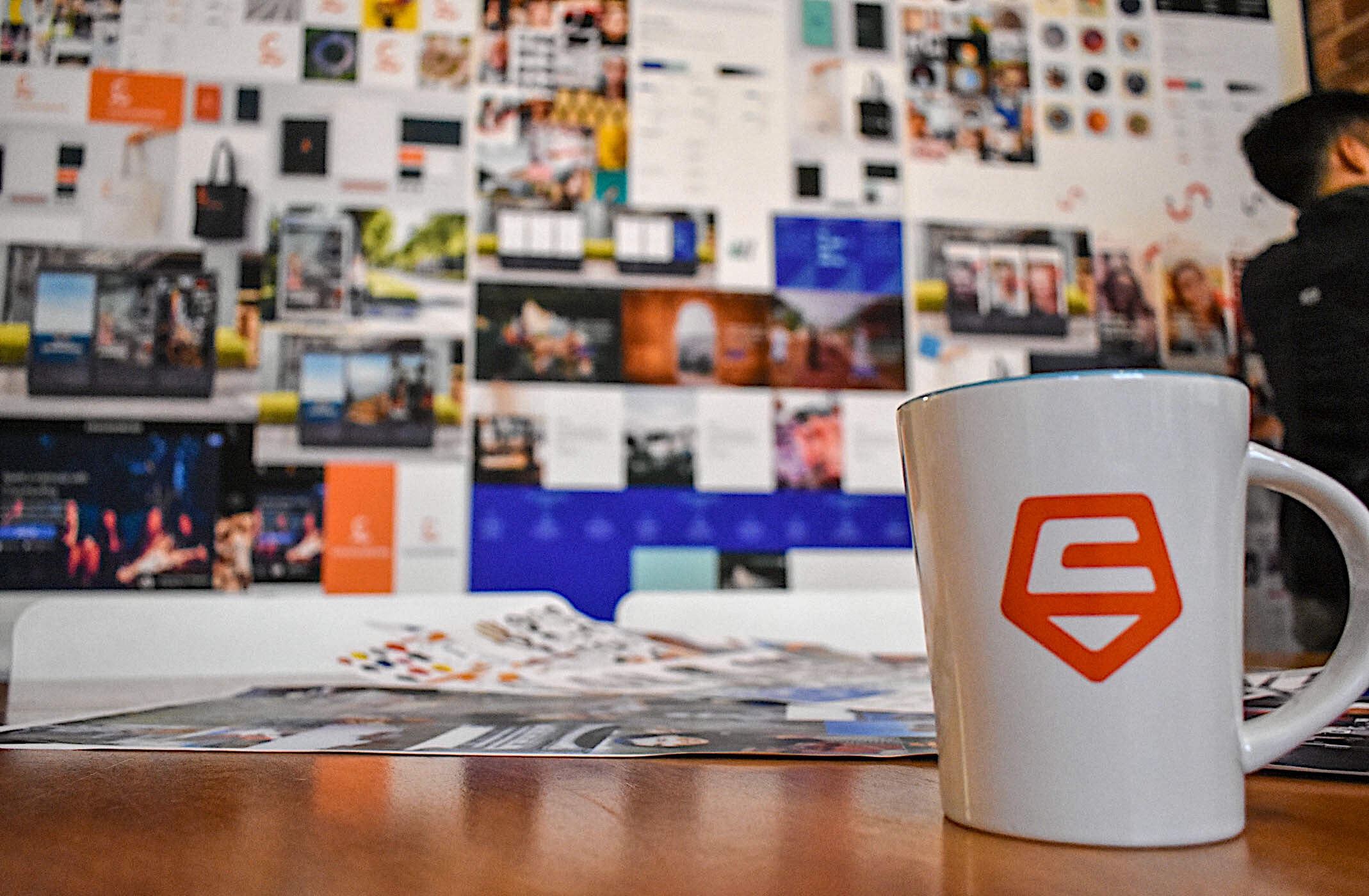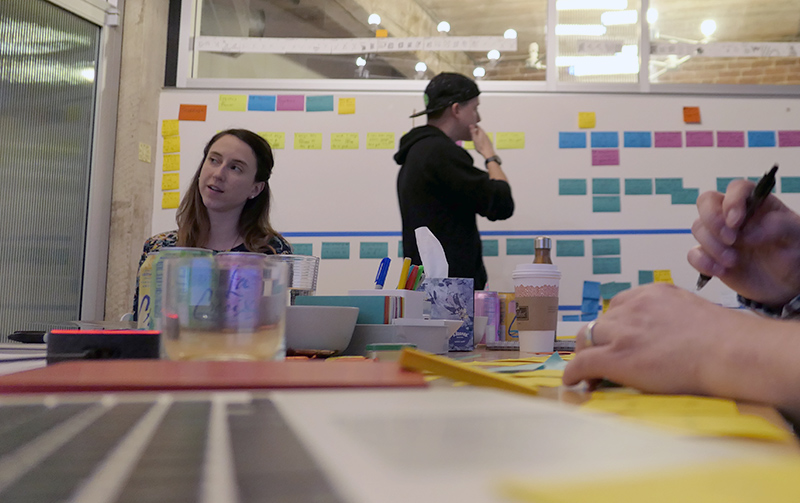Articles on Design
Product Management Resources for Designers
Product Managers are awesome! They keep goals in mind and priorities at the forefront – and when designers get to work with them, it’s a real treat. Clearly, there is a lot of overlap in skill sets, but sometimes you’ll find yourself on a team without a dedicated PM. So if you’re a designer in …
“We don’t need a designer for this.” (Yes, you do.)
Design is an important part of the development process and we don’t want you to take it away without considering the risks. Carbon Five has been practicing design for 10 years and in that time we have had the privilege of working with many design-driven companies. However, even the most design-focused companies get cold feet. …
How to make an experience map
An experience map is a structured customer journey map that we use at Carbon Five to help identify challenges and opportunities within an existing (or imagined) experience. Since we use it so often – both when scoping projects and when kicking off major phases of work – we’d love to share a bit about what …
How to save 90% of your development budget
Carbon Five was recently brought in to build a new product with a planned budget of 6 months. As the first step, we conducted a few rounds of customer development to try and validate the concept. After a month of experiments by a product manager and designer, we ultimately recommended that the company not pursue …
Designing artifacts for Conversational UI
Here at Carbon Five, we’re pretty fascinated by bots and conversational UI. Recently, we worked with Cooper to test and launch a new Alexa skill, a meeting manager to help teams run daily standups. We’ve already written a fair bit about our collaboration process in general, and in the following post I’m going to get into …
The Carbon Five Guide to User Research: Wrapping It All Up
If you’ve been following along with the Carbon Five Guide to User Research, we’ve worked on developing and confirming a business hypothesis by talking to users and synthesizing the results, then generating a feature set and prototypes, higher resolution design, development, and usability testing. Hopefully you’ve already run a user test and learned something valuable …
The Carbon Five Guide to User Research: The What’s, How’s, and Why’s of Prototyping
If you’ve been following along with our guide to user research, great! By now you’ve defined your feature set and are ready to try out your ideas. You know your product will be validated by user research and match user needs. You know that you need a version of the product to test your solutions …
The Carbon Five Guide to User Research: Feature Definition
Welcome to the 4th of our User Research series where we share our insights into how to generate a list of features. In the coming paragraphs we’ll talk about how User Research can help with stakeholder management, generating a feature list, and prioritizing a feature list. This post focuses on feature definition, and making what …
Carbon Five + Cooper: Exploring Alexa & the Future of Voice UIs
Recently, designers and technologists from Cooper & Carbon Five sat down to brainstorm about the future of voice-driven user experiences, focusing initially on Alexa. It was a fun kickoff for what we hope turns into a series of prototypes and experiments exploring (and pushing) the boundaries of this exciting emerging technology. Here’s what we’ve discovered …
The Carbon Five Guide to User Research: Interview Synthesis
So you’ve conducted a round of user interviews. Great! You’ve got video or audio you can revisit if you or your partner weren’t able to jot down everything in time. Wonderful! You recorded your thoughts during the session and kept track of conclusions and interesting observations immediately after. Amazing! We’ll be using a fictional story …







